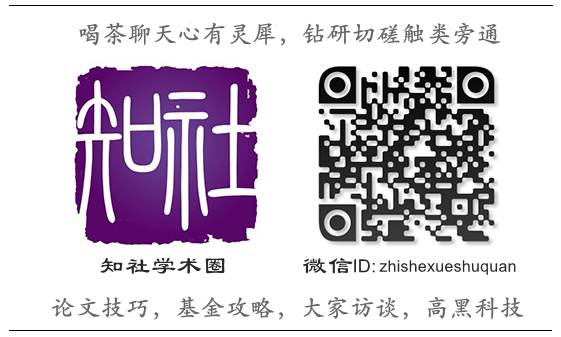npj:面心立方金属的三维多边体晶界结构模型

海归学者发起的公益学术平台
分享信息,整合资源
交流学术,偶尔风月

大多数金属会形成多晶微结构,即它们由许多不同尺寸和取向的小晶粒组成。在不同取向晶界面处缺乏有序结构,难以对其几何结构进行建模。来自美国北卡罗来纳州立大学的Arash Banadaki和Srikanth Patala设计了一个计算模型,可以帮助解释诸如铝和铜等金属中不同尺寸和取向的小晶体的堆积方式,为解决金属多晶微结构的建模迈出了第一步。同时他们还对晶界微结构与微晶结构的关系作了定量处理,通过他们所开发的一种三维模型,依据微结构中原子沿无序区域的堆积方式,对晶界的几何结构进行分类。这一模型虽然只在面心立方晶体上进行了测试,但也适用于其他有不同晶格结构的体系。该方法是通过自下而上设计出所需性能的结构材料的首要一步。该文近期发表于npj Computational Materials 3:13 (2017);doi:10.1038/s41524-017-0016-0,英文标题与摘要如下,点击阅读原文可以自由获取论文PDF。

原文链接:http://www.nature.com/articles/s41524-017-0016-0

A three-dimensional polyhedral unit model for grain boundary structure in fcc metals
Arash Dehghan Banadaki & Srikanth Patala
One of the biggest challenges in developing truly bottom-up models for the performance of polycrystalline materials is the lack of robust quantitative structure–property relationships for interfaces. As a first step in analyzing such relationships, we present a polyhedral unit model to classify the geometrical nature of atomic packing along grain boundaries. While the atomic structure in disordered systems has been a topic of interest for many decades, geometrical analyses of grain boundaries has proven to be particularly challenging because of the wide range of structures that are possible depending on the underlying macroscopic crystallographic character. In this article, we propose an algorithm that can partition the atomic structure into a connected array of three-dimensional polyhedra, and thus, present a three-dimensional polyhedral unit model for grain boundaries. A point-pattern matching algorithm is also provided for quantifying the distortions of the observed grain boundary polyhedral units. The polyhedral unit model is robust enough to capture the structure of high-Σ, mixed character interfaces and, hence, provides a geometric tool for comparing grain boundary structures across the five-parameter crystallographic phase-space. Since the obtained polyhedral units circumscribe the voids present in the structure, such a description provides valuable information concerning segregation sites within the grain boundary. We anticipate that this technique will serve as a powerful tool in the analysis of grain boundary structure. The polyhedral unit model is also applicable to a wide array of material systems as the proposed algorithm is not limited by the underlying lattice structure.

原文链接:http://www.nature.com/articles/s41524-017-0016-0
欢迎广大学者供稿,报道最新研究成果 投稿、授权、合作事宜请联系
投稿、授权、合作事宜请联系

[email protected] 或微信ID: scholarset
回复“目录”或“分类”,浏览知社更多精华。长按二维码识别,可以关注/进入公众号进行回复。
最新评论
推荐文章
作者最新文章
你可能感兴趣的文章
Copyright Disclaimer: The copyright of contents (including texts, images, videos and audios) posted above belong to the User who shared or the third-party website which the User shared from. If you found your copyright have been infringed, please send a DMCA takedown notice to [email protected]. For more detail of the source, please click on the button "Read Original Post" below. For other communications, please send to [email protected].
版权声明:以上内容为用户推荐收藏至CareerEngine平台,其内容(含文字、图片、视频、音频等)及知识版权均属用户或用户转发自的第三方网站,如涉嫌侵权,请通知[email protected]进行信息删除。如需查看信息来源,请点击“查看原文”。如需洽谈其它事宜,请联系[email protected]。
版权声明:以上内容为用户推荐收藏至CareerEngine平台,其内容(含文字、图片、视频、音频等)及知识版权均属用户或用户转发自的第三方网站,如涉嫌侵权,请通知[email protected]进行信息删除。如需查看信息来源,请点击“查看原文”。如需洽谈其它事宜,请联系[email protected]。